Culture of Cyprus
The Mediterranean island of Cyprus has a culture that is a merger of many cultures. The Greek Cypriots and Turkish Cypriots, the two key ethnic groups of Cyprus, share numerous cultural features together but also have several changes. In both communities, good hospitality is highly valued. Both love to celebrate special occasions with music, dance, and other performances. They also share many traditional foods and beverages. However, the Greek and Turkish Cypriots have dissimilar religious cultures.
Cuisine
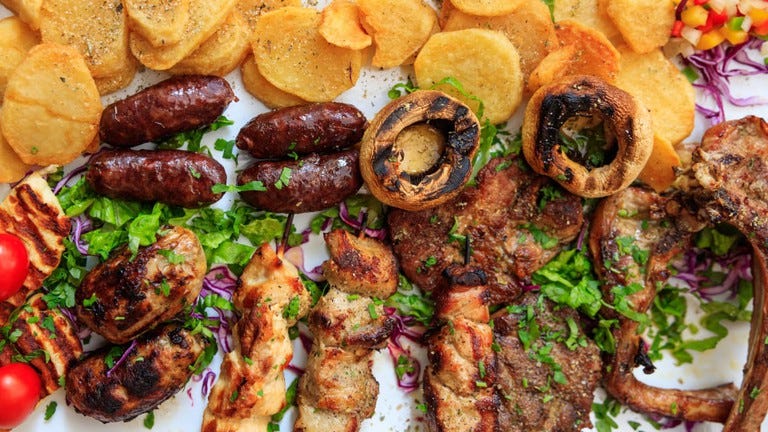 |
| Source: Google.com |
The cuisine of Cyprus is heavily influenced by Greek and Turkish culinary traditions. French, Byzantine, Ottoman, Italian, Middle Eastern, and Catalan cuisines also helped shape the Cypriot cuisine.
The food tastes of the medieval-era French Lusignan monarchs of Cyprus led to the development of a refined Cypriot cuisine that fuses French, Middle Eastern, and Byzantine cuisine. The Lusignan kings imported cooks from Syria to work in their royal kitchens. They helped invent the fusion dishes. In fact, Middle Eastern cuisine reached France and other Western European nations through Cyprus.
Today, Cypriot cuisine indulges heavily in seafood like sea bass, octopus, squid, red mullet, etc. Some of the most usually used vegetables include tomatoes, okra, carrots, lettuce, cucumber, potatoes, cauliflower, taro, beets, and asparagus. A variety of pulses are also consumed like broad beans, lentils, chick-peas, peas, etc. Dried or smoked meat, charcoal-grilled lamb, mesentery-wrapped minced meat, etc.,are some popular non-vegetarian dishes on the island. Bread and bulgur are the major sources of carbohydrates in the cuisine. Cypriots also eat a variety of fresh fruits like apples, pears, grapes, figs, melon, lemon, almond, etc. Some of the most well-known desserts are Soutzoukos and lokum.
Literature And The Arts
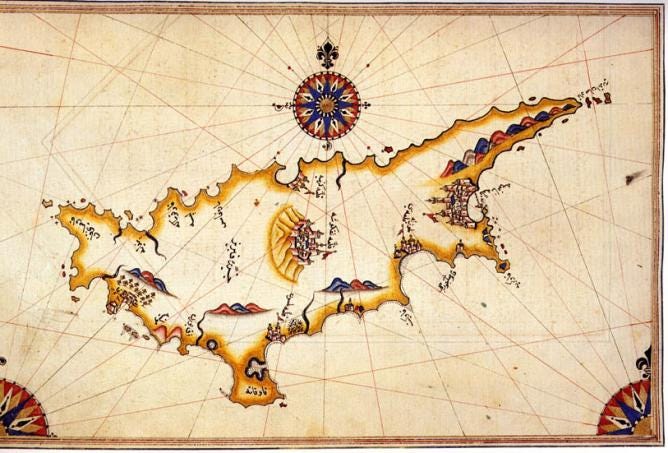 |
| Source: Google.com |
The Cypriot literature is found mainly in Greek, Turkish, and English. The Island has a long literary history dating back to at least the 7th century when Cypria, an epic poem was composed by Stasinus. Cyprus also finds indication in ancient Christian literature like the Acts of the Apostles. In the Middle Ages, the laws of the Kingdom of Cyprus were written in the local dialect and French. It was named the Assizes of Jerusalem and is one of the medieval world’s largest written account of law. Many historical works were also written in Cyprus during the medieval period like the chronicles of Leontios Makhairas. A large part of Shakespeare’s play Othello is staged in Venetian Cyprus. The island continues to produce many notable writers and poets to date. The local dialect is used for producing works involving folk songs and poetry. The culture and scenic beauty of Cyprus have also influenced many non-native writers like Lawrence Durrell to produce literary works during their stay in the country.
The history of art in Cyprus goes as far back as 10,000 years when carved figures of the Chalcolithic period were discovered on the island. During the Middle Ages, the island was well-known for religious icon painting. Church paintings from this period are also remarkable. Two of the most influential Cypriot painters of the 20th century were Adamantios Diamantis and Christopheros Savva. The country has several art schools like Cyprus College of Art, University of Nicosia, etc., to train the budding artists and painters. Many of the most talented Cypriot artists have acknowledged their training in London.
Performance Arts
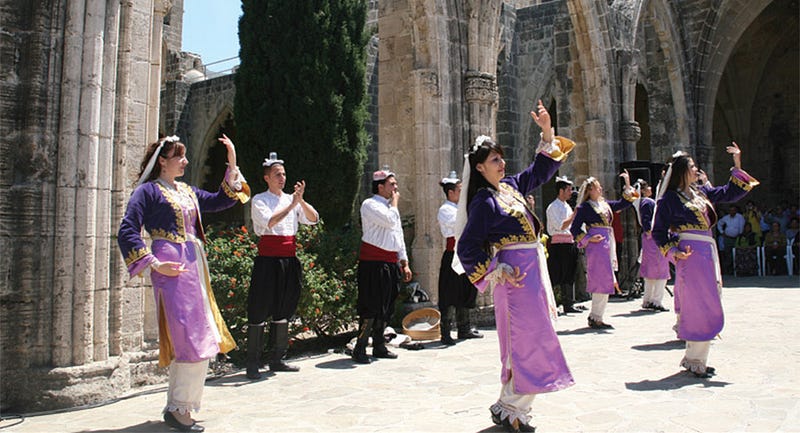 |
| Source: Google.com |
Music, dancing, songs, and poetry are integral to the culture of Cyprus. The folk music scene of the island is influenced by Greek, Turkish, and Arabic Music. It uses instruments like lute, accordion, violin, flute, and oud. Tatsia, sousta, karsilamas, syrtos, etc., are some of the folk dances of the island. Chattista is a form of musical poetry that is popular among the Islanders and is performed during many traditional ceremonies and feasts. In recent times, Cypriot rap, urban, and rock music has gained popularity, especially among urban youth. The Greek Laïka scene has a major impact on the island’s popular music. Cyprus also has a significant metal following.
Life In Cypriot Society
 |
| Source: Google.com |
The traditional Cypriot society is strongly patriarchal in nature but the current trend is towards the establishment of a more gender-equal society. Very few women enter politics in Cyprus and hardly any can become religious functionaries. Although the number of women in the workforce has been increasing over the years, a large section of the employed women hold jobs of lesser status or lower pay or both than men. For working women, the burden is greater as they are also expected to manage the household duties and children, unlike working men. In the elite classes of Cyprus, however, working couples can afford to hire female workers from Asian nations for home-keeping and childcare duties.
Most people in Cyprus marry. Arranged marriages were common in the past but now, most marriages are based on a couple’s choice. However, parents still have an important say in marital choices. They also consider it a responsibility to ensure that the newlywed couple has the proper resources like a place to stay after marriage. Most households are nuclear in nature but couples maintain strong ties with their parents and extended family members.
Children are highly valued in Cypriot society. Many couples favour having two children. Quality education for a child is considered extremely important and parents go to great lengths to provide the best possible education to their children. Parents start saving early to fulfil this goal.
The Cypriots are social and friendly people. Personal space is not rigidly maintained in Cypriot society. Daily exchanges like greetings take place casually. Since societies are small on the island, people tend to many people they meet on the streets. Thus, foreign visitors often comment about Cyprus being a place where “everyone knows each other.”
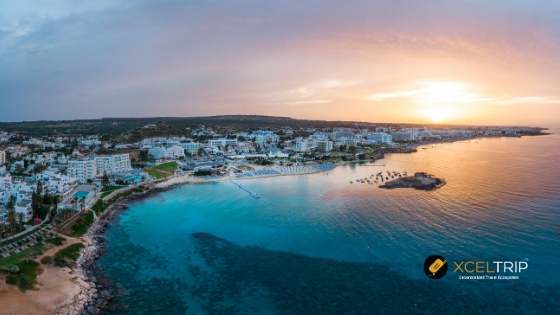


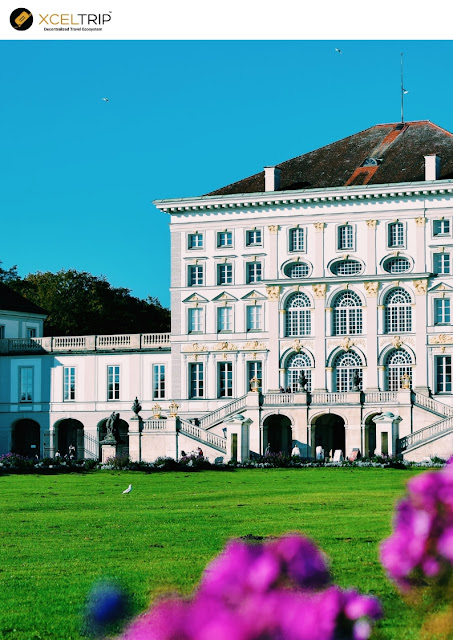
Comments
Post a Comment